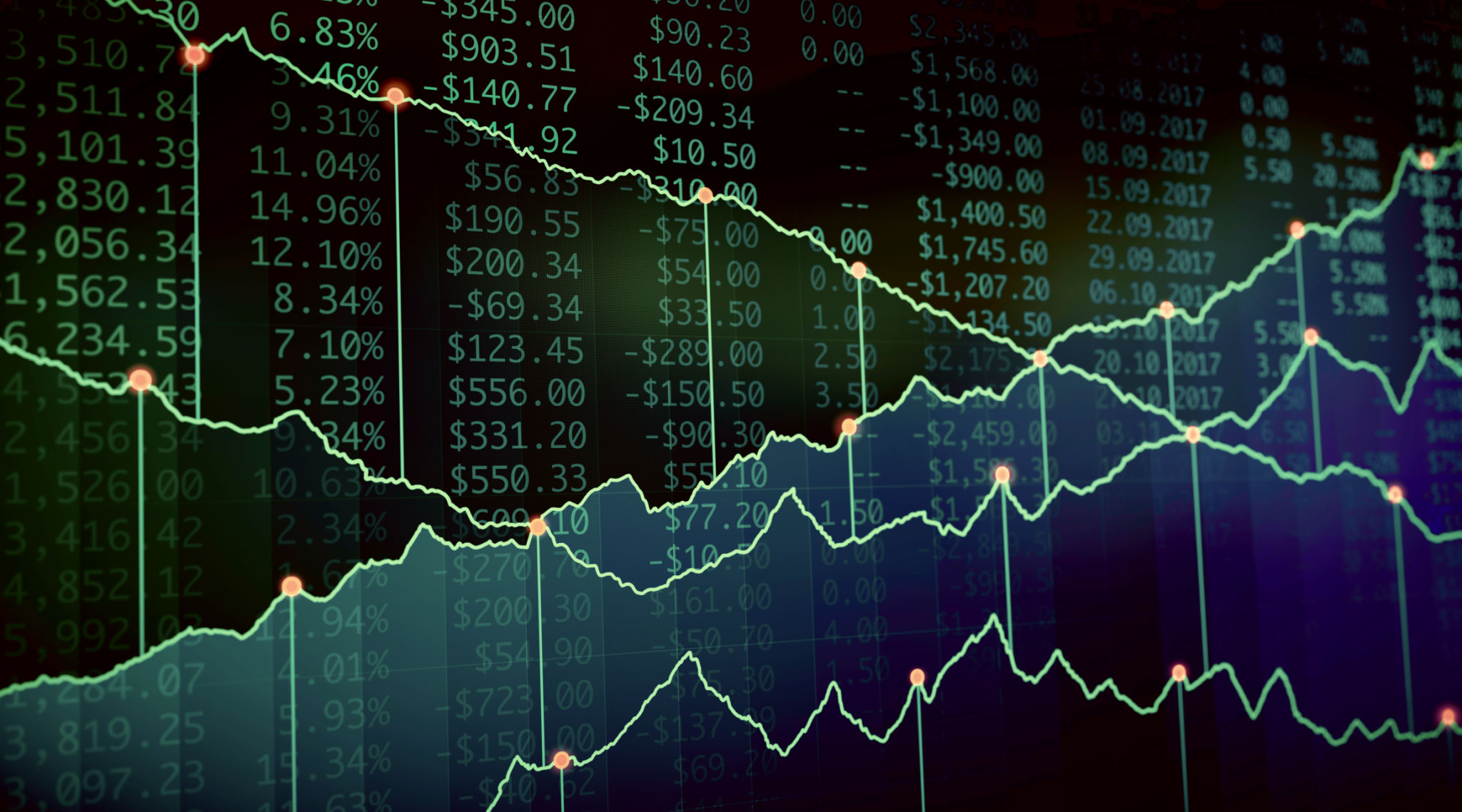The Impact of Economic Indicators on Your Investment Portfolio
Understanding Economic Indicators
Economic indicators are vital statistics that help investors gauge the health of an economy. These indicators offer insights into various aspects such as unemployment rates, gross domestic product (GDP), inflation, and consumer spending. By understanding these metrics, investors can make more informed decisions regarding their portfolios.
When these indicators are positive, they often reflect a growing economy, which can lead to increased investor confidence and rising stock prices. Conversely, negative indicators can signal economic slowdowns, impacting market volatility and investment strategies.

The Role of GDP in Investment Decisions
Gross Domestic Product (GDP) is one of the most significant economic indicators. It measures the total value of goods and services produced within a country over a specific period. A rising GDP typically indicates economic growth, suggesting potential opportunities for investors.
Investors often look at GDP trends to determine the health of an economy. A consistent increase may encourage investments in equities and other growth-oriented assets. However, a declining GDP could prompt a shift towards more conservative investments such as bonds or defensive stocks.

Inflation and Its Impact on Portfolios
Inflation reflects the rate at which the general level of prices for goods and services is rising. Moderate inflation can signal a healthy economy, but high inflation can erode purchasing power and reduce the real returns on investments.
Investors should consider inflation-protected securities, like Treasury Inflation-Protected Securities (TIPS), to safeguard their portfolios. Diversifying across asset classes that traditionally perform well during inflationary periods, such as commodities or real estate, can also be beneficial.

Unemployment Rates as an Economic Indicator
The unemployment rate is another critical economic indicator that affects investment portfolios. High unemployment can indicate economic distress, leading to reduced consumer spending and lower corporate profits.
Investors might adjust their portfolios by reducing exposure to sectors heavily reliant on consumer spending during periods of high unemployment. Conversely, a declining unemployment rate can signal economic recovery, potentially increasing consumer confidence and investment in growth sectors.
Consumer Spending and Market Trends
Consumer spending accounts for a significant portion of economic activity. Trends in consumer behavior can provide insights into future market movements. Increased spending usually signals economic confidence, which can be advantageous for sectors like retail and technology.
Investors often monitor consumer confidence indices to predict potential shifts in market trends. A surge in consumer confidence might lead to bullish market conditions, encouraging investments in cyclical stocks that thrive during economic expansions.

Interpreting Economic Indicators for Strategic Investment
To effectively use economic indicators in investment strategies, it’s crucial to consider them collectively rather than in isolation. Analyzing the interplay between various indicators can offer a more comprehensive view of the economic landscape.
For example, while GDP growth is positive, rising inflation or unemployment could offset its benefits. Investors should employ a balanced approach, considering multiple indicators to develop resilient portfolios that can withstand economic fluctuations.
Conclusion
Understanding and interpreting economic indicators is essential for making informed investment decisions. By analyzing key metrics like GDP, inflation, unemployment, and consumer spending, investors can better navigate the complexities of market dynamics.
A strategic approach that incorporates these indicators can help mitigate risks and capitalize on opportunities, ensuring that investment portfolios are well-aligned with current and future economic conditions.